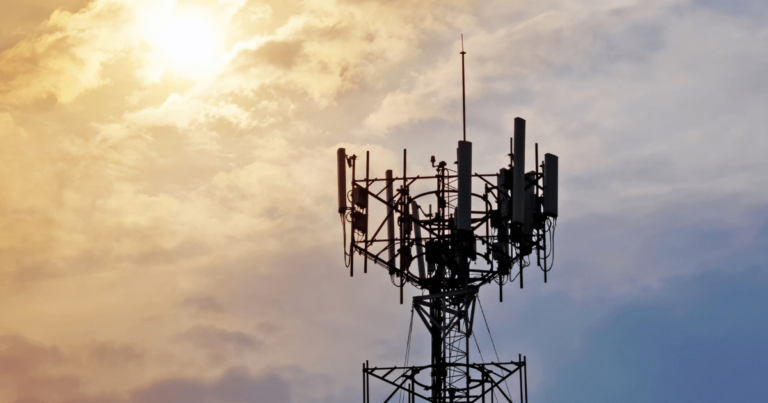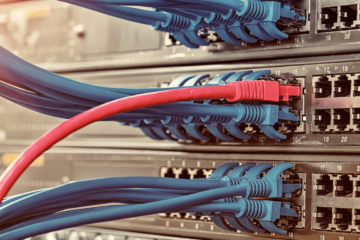
In the intricate web of modern telecommunications, where every signal pulse is a heartbeat of connectivity, a profound truth emerges—grounding and bonding are our silent guardians. For those of us entrenched in the world of telecom, these practices are the unsung heroes, ensuring the safety of our equipment, the well-being of our personnel, and the reliability of our data transmission. In this article, we will journey into the depths of grounding and bonding within telecom installations, sharing invaluable insights and strategies to establish a rock-solid foundation for robust and dependable telecom infrastructure.
The Crucial Role of Grounding and Bonding
Grounding and bonding form the bedrock upon which our telecom installations stand, serving several critical purposes:
1. Safety: First and foremost, grounding is our shield against electrical hazards. It keeps us and our equipment safe during electrical faults or lightning strikes, ensuring that accidents remain at bay.
2. Signal Integrity: Bonding, on the other hand, secures the integrity of our signals. By providing a low-resistance path for electrical currents, it wards off electromagnetic interference (EMI) and radiofrequency interference (RFI), preserving the quality of our data transmission.
3. Compliance: Beyond functionality, grounding and bonding are legal requirements. Compliance with industry standards and regulations is not just a checkbox; it’s a must-do to avoid legal complications and ensure smooth operations.
4. Equipment Preservation: Our valuable telecom equipment is an investment worth protecting. Proper grounding safeguards it from static electricity and surges, ultimately prolonging its lifespan.
Unique Challenges in Grounding and Bonding
As telecom professionals, we encounter specific challenges when implementing grounding and bonding practices:
1. Diverse Equipment: Telecom installations are a diverse ecosystem, housing everything from antennas and towers to data centers and switches. Each piece of equipment requires a tailored grounding and bonding solution, adding complexity to our work.
2. Environmental Factors: For outdoor installations, environmental conditions such as moisture and corrosion are constant companions. They can corrode our grounding systems and affect their effectiveness.
3. Complex Regulations: Navigating the complex landscape of industry regulations and compliance standards is a challenge in itself. Compliance is essential to avoid legal complications and ensure smooth operations.

Strategies for Effective Grounding and Bonding
To tackle these challenges head-on and establish effective grounding and bonding, here are some strategies to consider:
1. Site Assessment: Begin your project with a thorough site assessment. Understand the unique needs and challenges of your installation. Identify potential sources of electrical surges, such as lightning, and evaluate soil resistivity for grounding purposes.
2. Standards Adherence: Always ensure that your grounding and bonding practices align with industry standards and local regulations. Staying compliant is crucial for safe and reliable operations.
3. Equipment Choice: Select high-quality grounding and bonding equipment that is purpose-built for telecom applications. This includes ground bars, clamps, conductors, and surge protection devices.
4. Precise Installation: Pay meticulous attention to the installation process. Establish low-resistance connections using appropriate conductors and maintain excellent physical contact between grounding electrodes and equipment.
5. Surge Protection: Consider the implementation of surge protection devices (SPDs) at critical points within your telecom infrastructure. These devices divert transient voltage surges away from sensitive equipment, safeguarding them against damage.
6. Regular Maintenance and Testing: Don’t overlook the importance of regular inspections and maintenance of your grounding and bonding systems. Conduct routine resistance testing to ensure the ongoing integrity of grounding electrodes and connections.
7. Investing in Expertise: As we often emphasize in our articles, investing in expertise is crucial. Equip your team with the knowledge of proper grounding and bonding procedures and safety protocols. Well-informed technicians are your best asset for maintaining effective grounding and bonding practices.
Conclusion
In the ever-evolving landscape of telecommunications, where connections are our currency, grounding and bonding are not just technicalities; they’re the bedrock of our success. These practices ensure our safety, preserve signal quality, and keep us in compliance with the law. As telecom professionals, we must rise to meet the challenges posed by diverse equipment, environmental factors, and a complex regulatory environment. By adhering to best practices, choosing quality equipment, and staying up-to-date with industry standards, we can build a strong foundation for dependable and secure telecom infrastructure. In a world that depends on our connections, effective grounding and bonding are the keys to our continued success.
Related articles: Streamlining Inventory Management for Enhanced Efficiency









